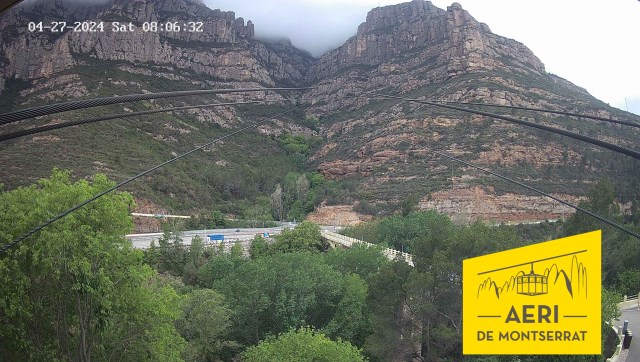
History
A short extract of the history of the MONTSERRAT CABLE CAR service, the Aeri.Background
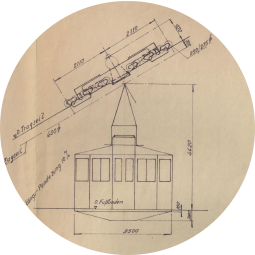
the Aeri cabin
the Aeri cabin
The project and the incorporation of the Company
In 1926, the initial cable car project was commissioned to the engineer, Mr Ricardo López in partnership with the German company, “Adolf Bleichert & Co” and the engineer, Mr Frederic Grundel. At the time, this company specialised in the construction of round-trip cable cars, with a very advanced and safe technology. The initial project included two more stops: one at the tower that is located right next to the Santa Cueva path and the other at a station that was on the same road that currently links Olesa de Montserrat and Monistrol. However, in the end, neither of the two stops were built.


concession granted to the Aeri


concession granted to the Aeri
Board of Directors meeting
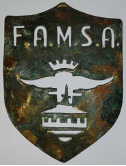

Board of Directors meeting
workers on their uniform.
workers on their uniform.
Construction

the bottom station and tower 2
the bottom station and tower 2
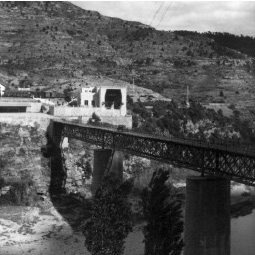
Opening the service to the public and
the construction of the bridge over the Llobregat River
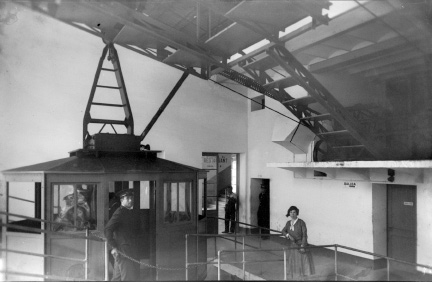

from that period
from that period
The Civil War
after the Civil War.

after the Civil War.
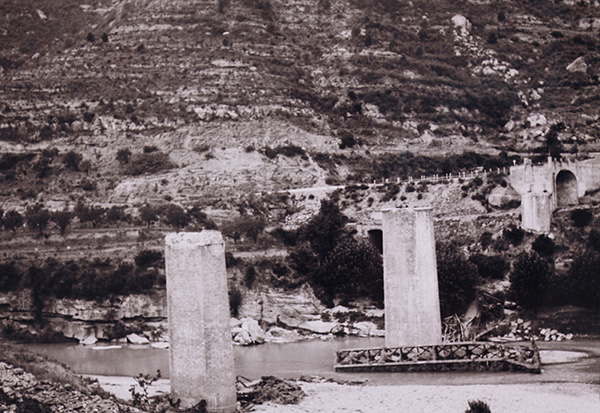
The Reconstruction
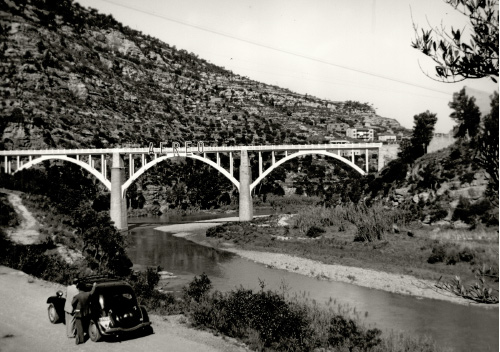

Continuous Improvement
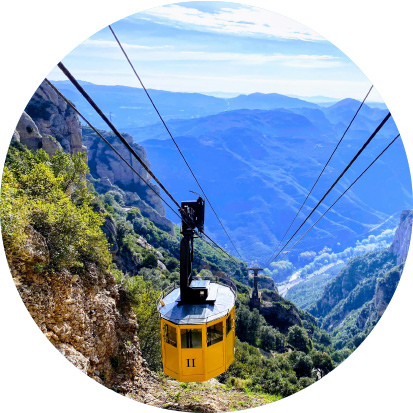
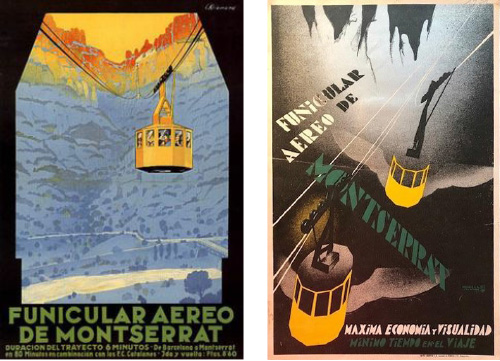
for the promotion of the Aeri
for the promotion of the Aeri
Today
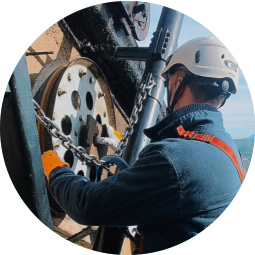
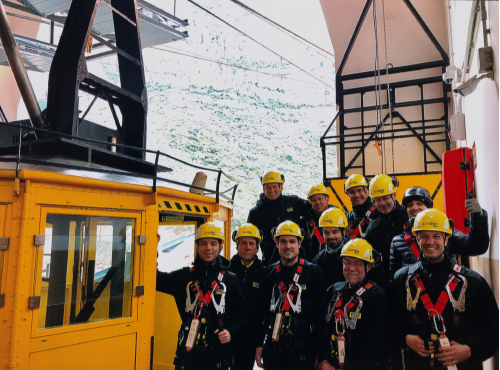
photography exhibition


Archive FAMSA
ANC – Fons Brangulí
Collection David Blasco
Gonzalez Aragonès Family
Fons Ramon Benavente
Maria Lopez
Buy your ticket easily online






